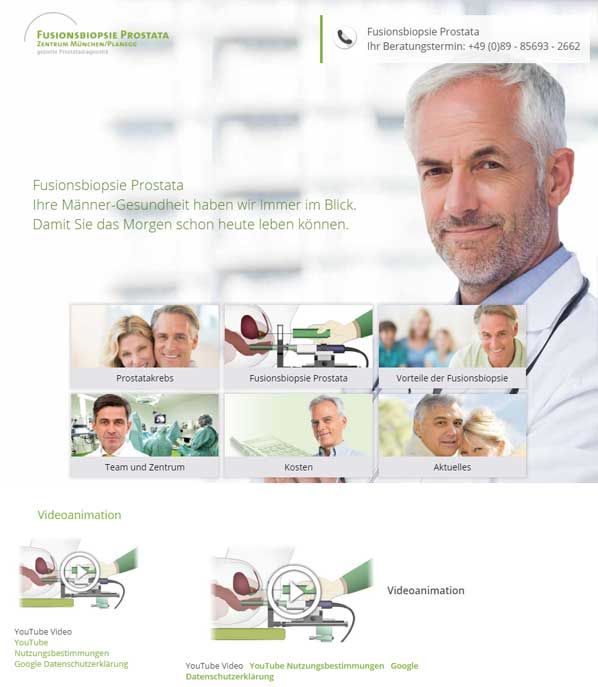Tight foreskin (phimosis)
Explanation
Phimosis is a mismatch between the width of the foreskin and the size of the head of the penis (glans) which makes it difficult (relative phimosis) or impossible (full phimosis) to retract the foreskin.
Causes
After birth, the inside of the foreskin is attached to the glans. In young children, it is entirely normal that the foreskin cannot be retracted. By the age of one, the foreskin has separated from the glans in 50% of boys and by the age of 3 in 90% of boys.
The most common cause of phimosis arising after this age (acquired phimosis) is narrowing of the foreskin as a result of scarring due to recurrent inflammation or repeated tears to the foreskin.
Additionally, the foreskin can also become too tight as a result of a condition known as lichen sclerosus. This is a chronic inflammatory skin disease that results in white patches on the skin and a loss of skin elasticity. It is a chronic condition which tends to progress in fits and starts, usually results in a completely non-retractile foreskin, and can also affect the glans.
Treatment
Conservative treatment
In children, if the natural attachment of the foreskin to the glans persists beyond the age of 5 or 6, or if a patient suffers repeated local infections as a result of a tight foreskin, it should be treated using a topical steroid cream. This could involve, for example, applying 0.1% betamethasone to the foreskin twice daily for about 4 weeks. During treatment, it is important that the patient keeps trying to stretch the foreskin by slowly pulling it back. Using this method, surgery can be avoided in about 80% of cases.
Surgery
Surgical treatment of phimosis involves the complete or partial removal of the foreskin (circumcision).
This operation involves removing the foreskin and suturing it to the shaft of the penis below the glans. In partial circumcision, a part of the foreskin partially covering the glans is left in place.
In adults or older children, this procedure can be carried out under local anaesthetic. Younger children will require a general anaesthetic.
Serious complications are extremely rare, but patients must have general risks of surgery – such as bleeding, wound infections and scarring – explained to them before the procedure.







